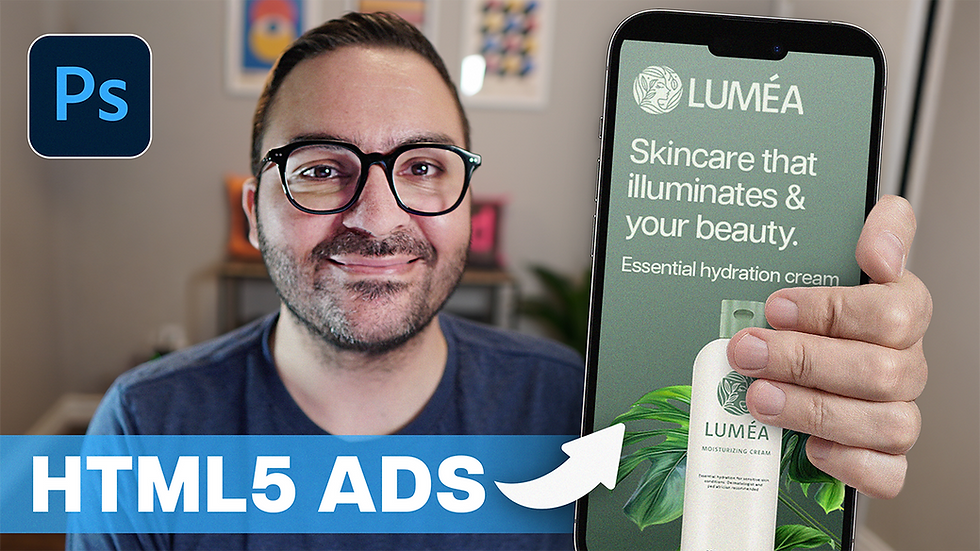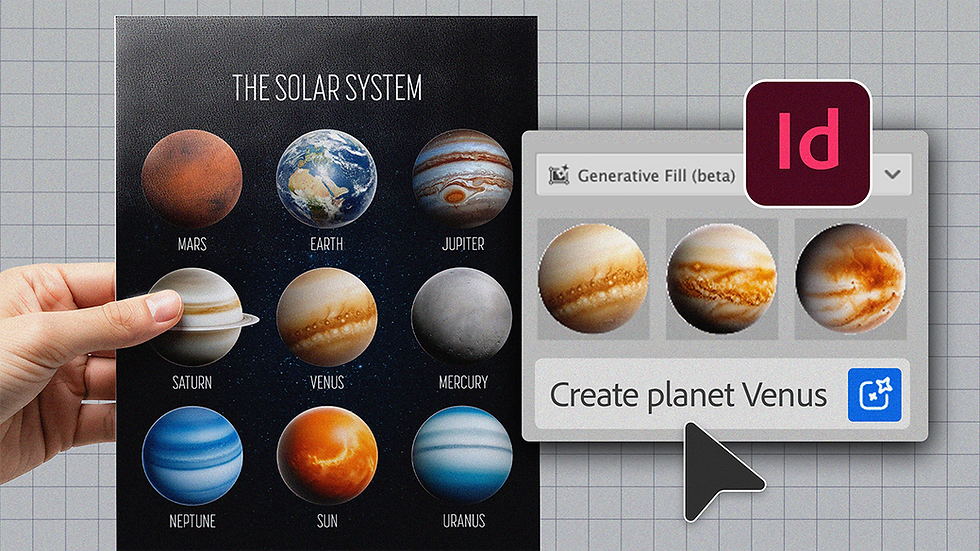2018: The Year I Had to Reinvent Myself
- Angelo Montilla

- Dec 19, 2018
- 4 min read

It was some time in 2009 — before local newsrooms lost control of editorial design — that the thought crossed my mind.
"I can see myself being a graphic designer one day," I thought to myself.
I loved being part of an editorial team at the Windsor Star that worked on page layout on a nightly basis. We were journalists with the ability to show off our creative side.
This is where I learned the art of page layout — everything from composition to typography to hierarchy — from some of the top editorial designers in Southwestern Ontario, in my opinion. Designing section fronts such as sports and entertainment were always fun, as we'd have more leeway in terms of creativity. Playing up photos, puns in headlines, wrapping text around objects — it all fascinated me.
That all came to a devastating halt in 2010 when newspaper companies — for cost-cutting measures — decided to farm out page layout production to centralized locations. Imagine the air being sucked out of a balloon. Various attempts were made to help convince the higher-ups to keep the layout in the Windsor newsroom, to no avail.
I still enjoyed writing and being a journalist, but losing the design aspect left a void for me.
On Jan. 24, 2017, I was officially given my layoff notice from the position I held for 11-plus years at the Windsor Star. I was 35, soon to be 36, and was scared sh#@less.
I still had some time to apply for jobs as my layoff was going to take a month or more to sort out. I had some interviews — and was even offered a full-time position that I turned down — but nothing felt right.
Then it hit me: I remembered that moment in 2009 when a voice inside my head said I should pursue graphic design. I was already teaching visual design at St. Clair College, which reinforced my decision — I was going to turn my passion of design into a career.
I had the advantage of already knowing editorial design. Like I tell upcoming designers — once you learn how to master print and editorial design, the sky is the limit.
During the 2017 provincial college strike, I made use of the time off by teaching myself Adobe Illustrator. I literally locked myself in my office for hours on end and practised, watching YouTube tutorial after YouTube tutorial. Everyone that knows how to use this program, knows full well the time and effort it takes to grasp all its functionalities. Luckily for me, a lot of the tools and drop-down options were similar to using InDesign and Photoshop — two programs I was already familiar with.
Free Work
Because I was starting from the ground floor as a freelance designer, I knew I had to take on pro bono work in order to build my portfolio.
I bartered my first project with a plumber and friend who installed my dishwasher in exchange for a logo and business card design. I took on another big project in the summer, designing all the marketing materials for Spotted Windsor's annual Water Balloon Fight. I went from making a healthy five-figure salary to taking on free jobs, but it was something I had to do in order to make this work.
In June, I took part in The Futur's #futurepopart challenge of designing a skateboard deck every day for 30 days. While I wasn't making a cent producing this content — I was building a portfolio and more importantly, I was showing my work online for the creative world to see.
By mid-to-late summer, I started building a true passion for branding design. Building identity style guides for businesses is something I began to study. I really paid attention to work from Chris Do and later on Brian Collins — two of my favourite brand-driven designers.
Do is an Emmy-award winning designer that runs a California-based firm and online learning platform that teaches creatives the business of design. Collins has worked with some of the top brands in the world, including Coca-Cola, Airbnb, Nike and VitaminWater, just to name a few.
Winston Watches
In late August, I worked tirelessly to build a fictional luxurious yet modern watch company, called Winston Watches. Before I tackled the logo design, I wanted to build a case study, starting with a style scape. This is similar to a mood board in which designers curate photos, patterns, colours and other project-inspired content that will help fuel your brand identity project.
Again, this was another project that wasn't going to pay financially, but would eventually by adding it to my growing portfolio of work.
This was the final outcome of the Winston Watches branding project:
The work started to pay off for me by October and November.
A former co-worker reached out to me to design a new logo for a fitness gym she was opening up. Her message was simple: She envisioned a strong logo — simple and memorable in nature — that had an industrial feel to it. I created what would soon be one of my favourite logos to date for Steele Fitness.
Shortly after, more jobs came rolling in and I took on a handful of other projects for startups and later landed a bigger client — an insurance company based in Windsor-Essex with offices throughout North America.
Get Really Good
Being successful in life means breaking out of your comfort zone and doing things that that you normally wouldn't in order to promote yourself and your work.
That is something I had to adapt to — whether it was sharing advice blogs or posting video tutorials.
I recently started reading the New York Times best-selling book "Show Your Work" and there is a great quote in the opening chapter referencing comedian Steve Martin, who says "If you just focus on getting really good, people will come to you."
Getting out of your comfort zone and adapting to tough situations is the first part of getting really good.
Overall, 2018 was a learning experience for me on many levels. Not only from the design side, but from a business aspect.
I look forward to carrying that over to the New Year while also sharing my creative process at the same time.
Happy New Year creative world!

















































Comments